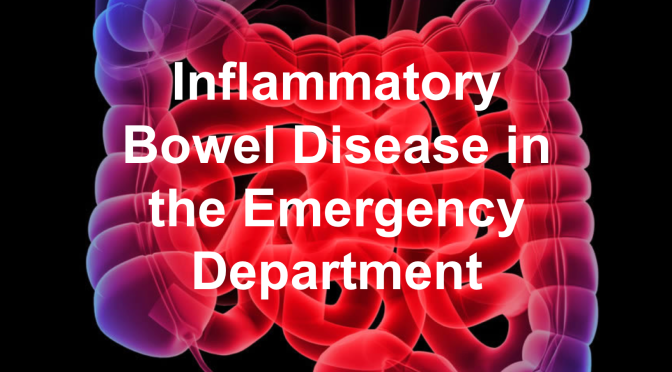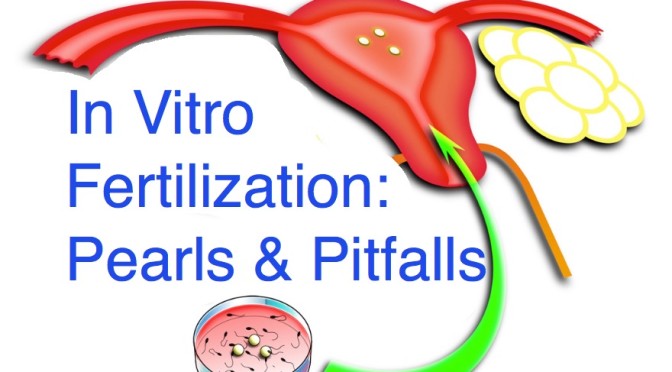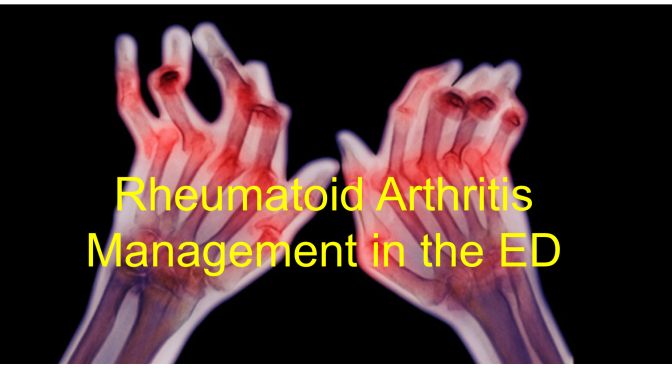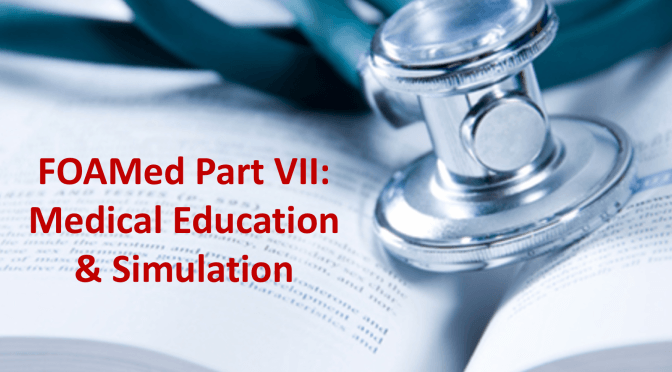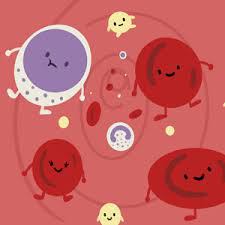- Oct 28th, 2016
- Bradley End
- leave a comment
- categories:
Allergic reactions are commonly seen in the emergency department and anaphylaxis is the most severe type. While most patients present with a rash, the diagnosis can be difficult to make when a rash is not present. This is a brief overview of the diagnosis and management of anaphylaxis in the emergency department.


